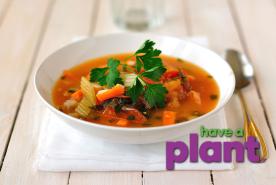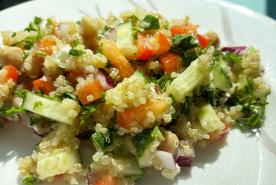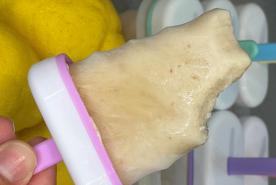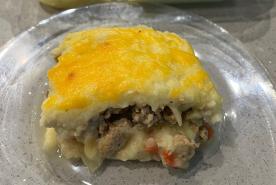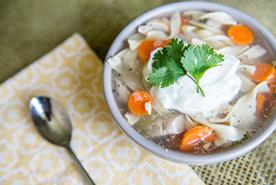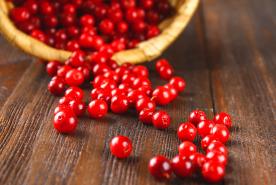August 12, 2014
Summer is here and it’s time to fire up the grill! Throw on the chicken and burgers, but think twice before loading up on the extras. “Extras” can ruin a healthy diet by providing extra unwanted calories, extra sugar and extra sodium. Year-round, condiments are an “extra” culprit, but it’s especially important to pay attention to them during the summer, since condiments seem to be a mainstay on the kitchen and picnic table alike.
Here’s a breakdown of the best and worst condiments you may see this summer.
Join the NKF Blog Newsletter
Get inspirational stories and kidney disease resources delivered to your inbox every month. You'll gain practical insights and expert advice to help you better understand and manage your kidney health no matter where you are on your kidney journey. Subscribe today.
Worst | Best |
Ketchup: Before you slather ketchup on your hamburger or hotdog, read the nutrition label and know what you are eating. While ketchup does provide a dose of lycopene (a powerful antioxidant compound), many brands are also high in sodium and sugar. According to the USDA Nutrient Database, 1 tablespoon contains 19 calories, 154 mg of sodium and nearly 4 grams of sugar! Ketchup in moderation is usually fine, but the calorie count can quickly add up. Read the label and look for low sodium or no salt added, no sugar added and no high fructose corn syrup varieties. | Hummus*: Hummus is a low-calorie source of protein, fiber and healthy fats. Hummus is usually made from chickpeas, olive oil and other natural ingredients such as lemon juice or garlic. Consider adding it to your wraps or burgers instead of mayonnaise. |
BBQ sauce: Barbeque sauce is another hidden source of sugar and sodium. The ingredients vary by brand, but many contain items like molasses and corn syrup. Read the labels and use in moderation on the side. Better Option: Use a salt-free dry rub, pepper or other natural ingredients to add more flavors to your food. | Guacamole*: You can also use guacamole in place of mayonnaise. Try it on your burger, in salsa or as a dip. Avocados are a source of monounsaturated fats and can help reduce bad cholesterol levels in your blood and lower your risk of heart disease and stroke. They also provide nutrients to help develop and maintain your body’s cells. It is important to note that one avocado contains 227 calories, so avocados should be eaten in moderation. |
Mayonnaise: Mayonnaise is often slathered on sandwiches or mixed in potato, chicken, tuna and egg salads. One tablespoon of mayonnaise contains a whopping 103 calories! Not only is it high in calories, it also contains high levels of saturated fat. All these “highs,” but a “low” in nutritional benefits. Speaking of “low,” lower calorie and fat free mayonnaises are available on the market, but they are often higher in sodium and sugar and may contain other additives, so be sure to read the labels. | Salsa: Try substituting ketchup with salsa. Salsa a great way to incorporate more fruits and veggies to your diet and can also provide many additional vitamins, phytochemicals and minerals. Reading nutrition labels is key when buying salsa. Most store bought brands are typically low in calories and sugar, but can be high in sodium. Look for fresh, salt-free brands or make your own at home! |
*If you are on dialysis or need to limit your potassium or phosphorus, hummus is not a good choice as beans and peas may be high in both potassium and phosphorus. Avocados are also not recommended, as they are high in potassium. Speak to your Registered Dietitian to decide what is best for you.
All nutritional information referenced comes from the USDA Nutrient Database.










